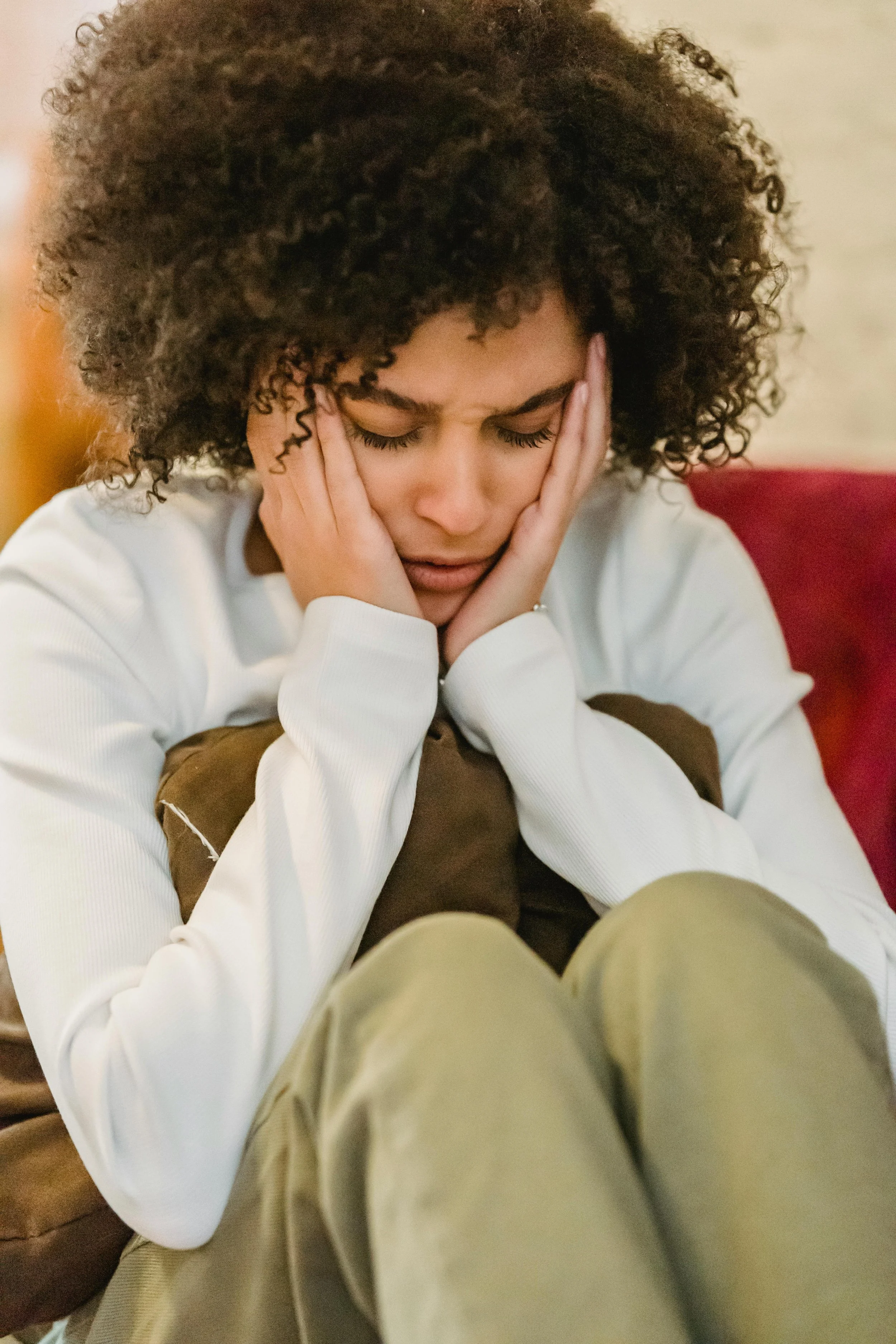Beat The Afternoon Slump: 5 Tips to Stay Energized
Even if you wake up feeling energized, you may find that your energy levels drop midday. Or that you have trouble focusing for an hour or two after lunch. Here’s how to minimize the afternoon slump without caffeine.
What Causes the Afternoon Slump?
The midday slump is a biological response. For those who work a standard 9 to 5, it typically occurs between 1 p.m. and 3 p.m. This is when your circadian rhythm (your body’s internal clock) tells the body to slow down. At this point in the day, you’ve likely been up for at least 7 hours—so you are accumulating a sleep debt. You’ve burned a lot of energy, so your focus, alertness, and productivity may decline.
This biological response is intensified if you didn’t get enough sleep the night before or ate a lunch high in sugar or refined carbs. High-stress levels and too much caffeine also contribute to fatigue.
How to Minimize The Afternoon Slump?
There’s no way to avoid an energy dip, but you can proactively minimize the dip and reenergize your body with the tips below.
#1 Support Your Sleep Cycle
As mentioned above, your circadian rhythm is your body’s internal clock. It’s also responsible for regulating the release of melatonin to help you fall asleep at night. In the morning, a low level of cortisol is released to help you wake. This 24-hour cycle is partially supported by the level of sunlight in the morning or evening, but you can regulate your circadian rhythm by falling asleep and waking up within the same 30-minute window each morning and evening.
#2 Move Your Body
If you work from home, the afternoon is an excellent time of the day to work out. If a full workout isn’t possible, take a brisk 10-minute walk before or after you feel the midday slump. The combination of fresh air, sunshine, and increased circulation are naturally energizing. At the very least, take a few minutes to stretch or stand at your desk to work.
#3 Manage Your Caffeine Intake
Caffeine is a stimulant that may be a core part of your morning routine. However, consuming too much caffeine can contribute to chronic fatigue. So, count your milligrams and be mindful of when to stop consuming caffeine. Remember that espresso has significantly more caffeine than black coffee and many café coffees have 2 shots per serving.
Limit caffeine to no more than 400 milligrams per day*.
Stop consuming caffeine 8 to 12 hours before bed.
Don’t turn to caffeine for your afternoon pick-me-up.
*Your healthcare practitioner may suggest less caffeine.
#4 Listen to Music
Your body has an emotional and psychological response to music. How you respond to music and what music will uplift you in the afternoon is unique to you. So, consider creating an afternoon playlist. From upbeat songs to jazz, nostalgic classics, sounds of nature, or instrumental music.
Or simply type “afternoon slump” into your favorite streaming platform to generate premade playlists.
#5 Leverage Nutrition
Food is fuel, so if your breakfast, lunch, and snacks don’t provide the right mix of energizing nutrients—your fatigue will be intensified. When your blood sugar spikes and dips, you’ll feel tired. So, the more refined sugars and carbs you eat, the more tired you will feel. If you’re dehydrated, you’ll also feel an energy dip.
Nourishing your body with a balanced mix of lean protein, complex carbohydrates, and healthy fats provides a sustainable stream of energy.
Need Help Getting Out of the Midday Slump?
If you regularly struggle with an afternoon slump, let’s discuss a personalized approach to nutrition and hydration. As your dietitian, I take a holistic approach to tailoring your meal plan to your unique needs—physically, emotionally, and mentally.


